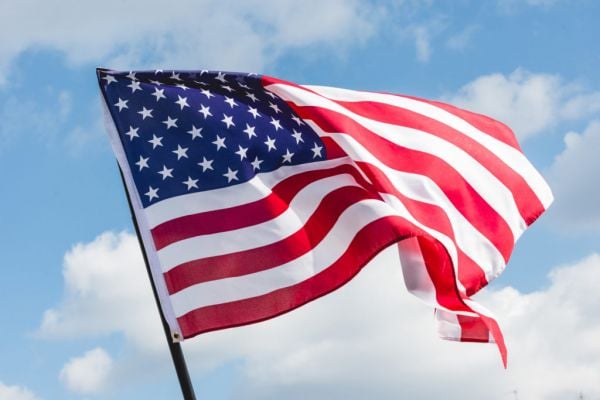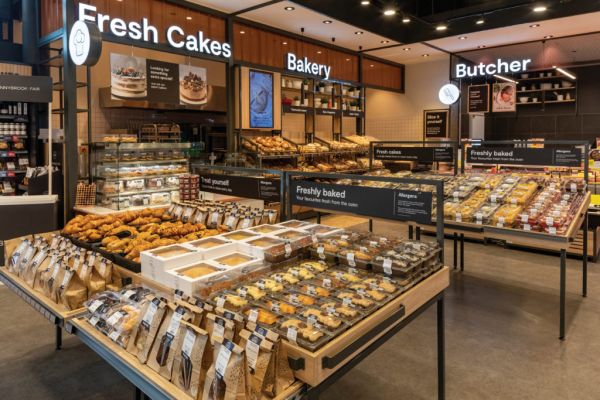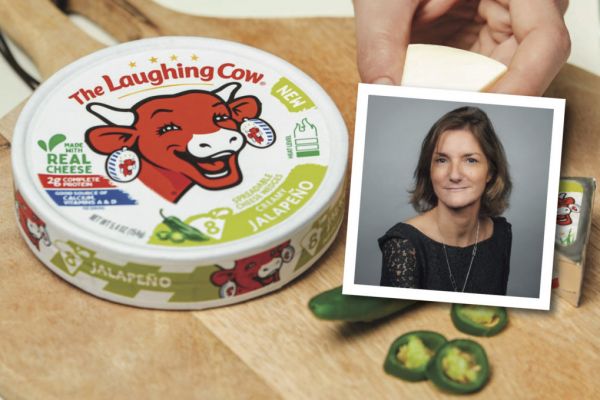FMCG brands need to focus on ensuring they do not become less relevant as the weak recovery of grocery sales continues into 2024, says Ananda Roy, FMCG Growth Advisor and Senior Vice President of Thought Leadership for Circana.
Consumers are undergoing a significant shift in their brand loyalty considerations, prompting a re-evaluation of their purchasing habits. In certain instances, shoppers are making trade-offs between essential and discretionary items.
Moreover, there's a noticeable trend of consumers cancelling purchases of well-established brands and opting for private label alternatives. This shift emphasises the need for brands to acknowledge private labels as serious competition.
To remain competitive, brands must adopt a fresh perspective on pricing strategies. This involves moving beyond traditional pricing models and considering more sophisticated approaches.
The emergence of dynamic pricing, where prices can adjust based on real-time market conditions, becomes an important consideration. This dynamic approach allows brands to remain responsive to consumer behaviour, market fluctuations, and the ever-changing landscape of consumer loyalties and preferences.
Compete With, Not Combat, Private Labels
Brands should not underestimate the threat posed by the expanding influence of private labels. Currently comprising 39% of grocery sales in Europe's six largest markets (EU6 - France, Germany, Italy, Netherlands, Spain, and the UK), private labels have increased their market share by a further 2.2 percentage points in the past year (to end June 2023).
Projections indicate that private label could potentially command 55% to 65% of grocery sales in the EU6 over the next five years.
The enduring dominance of private labels persists despite their increasing prices. European retailers have reshaped its role, channelling substantial investments into innovative, sustainable, and premium new product development (NPD).
Moreover, insights from price elasticity studies show that consumers are less sensitive to price inflation when it comes to private labels. While national brands have consistently raised their prices, private labels have adeptly filled this gap while maintaining their status as a more budget-friendly option. This resilience positions private labels as the primary drivers of value, innovation, and footfall within the European retail landscape.
Their ability to provide affordable prices without sacrificing quality has firmly established them as a pivotal force shaping consumer choices and driving the dynamics of the retail market in Europe.
Retailers want private label to compete vigorously with brands, but they don’t want brands to fail. There will come a point when retailers pull back from over-investing in private label to keep brands viable – but brands should not expect this to happen anytime soon.
Private label must be regarded as serious competition and brands must look to match retailers’ investment in brand and product innovation.
A New Era For Pricing
As brands lose volume to retailers, and shoppers continue to buy less, the time has come for brands to take a new approach to pricing.
The risk of a price war is very real. Reducing prices almost always triggers a market reaction, with rivals and retailers following suit, and brands have nothing to gain from setting off on a race to the bottom.
Reducing prices is a zero-sum game – you lose loyal consumers and attract new ones who are driven only by price.
Instead, brands should adopt more sophisticated pricing strategies. Leveraging pricing analytics, they need to reevaluate existing price points, recognise price elasticities and, in the process, pinpoint areas where pricing opportunities exist.
Dynamic pricing has been touted as a potential solution to grocery’s inflation woes, allowing retailers to be more agile in setting prices and responding to local demand patterns.
From a technology perspective, this is certainly feasible and more retailers are introducing electronic shelf edge label technology; including Sainsbury’s. Online shopping and loyalty cards have further lowered barriers to dynamic pricing.
Even so, European grocery retailers are likely to proceed with caution. Just because the technology is available does not mean consumers like dynamic pricing or think it’s fair. In an era tainted by accusations of profiteering and 'greedflation', retailers must tread carefully, gauging consumer and regulatory reactions thoroughly before diving into a widespread rollout.














